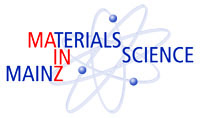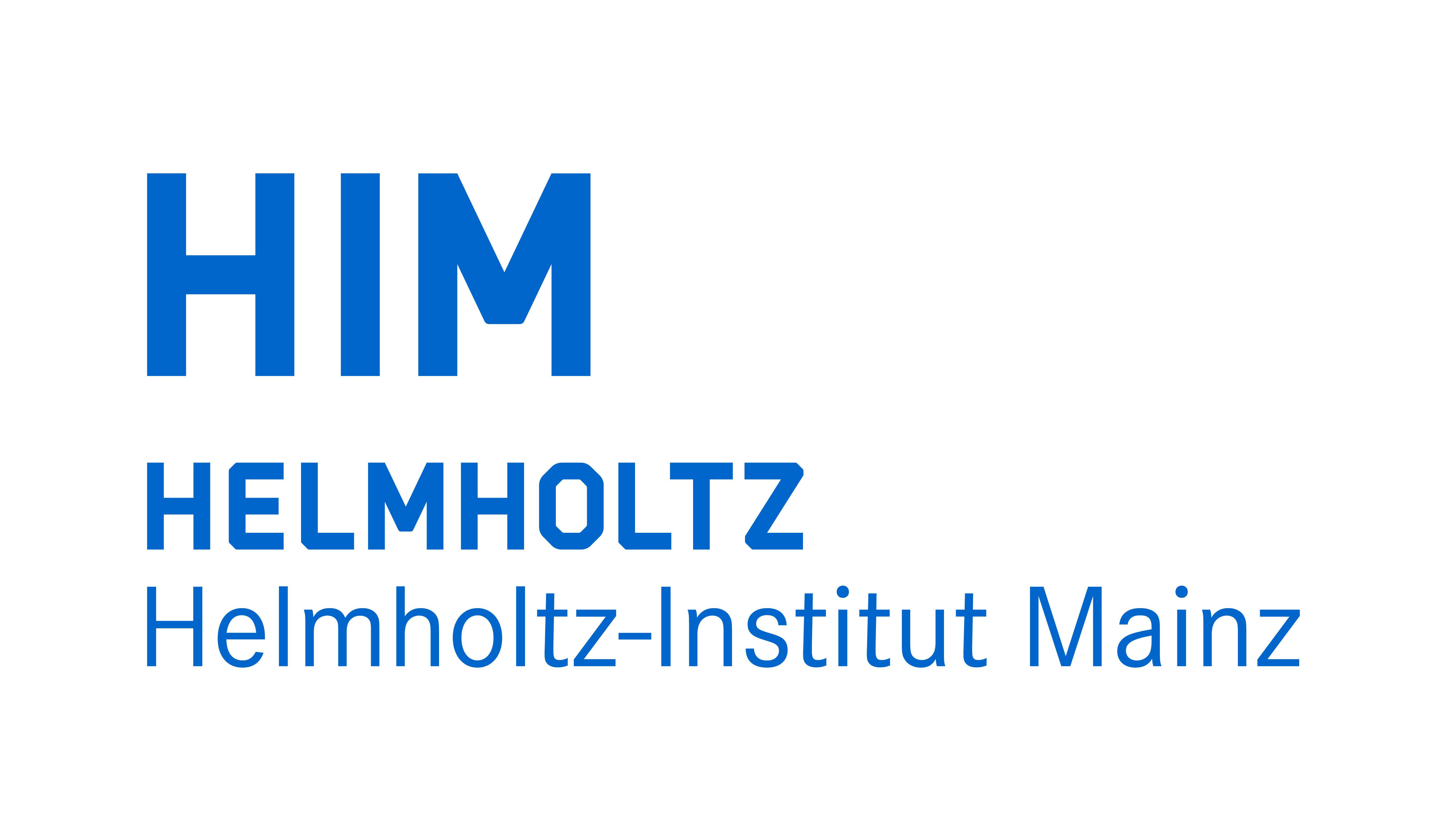


Physikalisches Kolloquium
Jan. 15, 2019 at
4 p.m. c.t.
in
HS KPH
Prof. Dr. Friederike Schmid
Institut für Physik
friederike.schmid@uni-mainz.de
Prof. Dr. Hartmut Wittig
Institut für Kernphysik
hartmut.wittig@uni-mainz.de
Watching plasmons spin on atomically flat single crystalline gold
Prof. Dr. Harald Giessen (University of Stuttgart, 4th Physics Institute)
We use single crystalline gold flakes on atomically flat silicon substrates to generate ideally suitable interfaces for plasmon propagation. By electrochemical means, the thickness is tunable from a few tens to over 100 nm. Using sub-20 fs laser pulses around 800 nm, we excite surface plasmons, whose dynamics can be observed using time-resolved two-photon excitation electron emission (PEEM).
Plotting the dispersion of surface plasmons in a thin gold slab on silicon, one finds that excitation at 800 nm can lead to extreme wavelength reduction due to the dispersion slop of over five. Using focused ion beam for cutting rings with appropriate periodicity into the samples (see left image), we can excite concentric surface plasmons that create a nanofocus of only 60 nm width for 800 nm excitation.
Archimedean spirals with broken n-fold radial symmetry excite surface plasmons with angular orbital momentum on the gold flakes. This leads in case of 4-fold symmetry to cloverleaf-type nanofoci on the order of 100 nm, which rotate during four optical cycles by 360 degrees.
Two-pulse experiments with a subwavelength-stabilized Michelson interferometer, allow investigation of the surface pattern dynamics with (sub-) femtosecond resolution, thus giving insight into the dynamics of the nanofocus formation as well as on the plasmonic spin-orbit coupling.